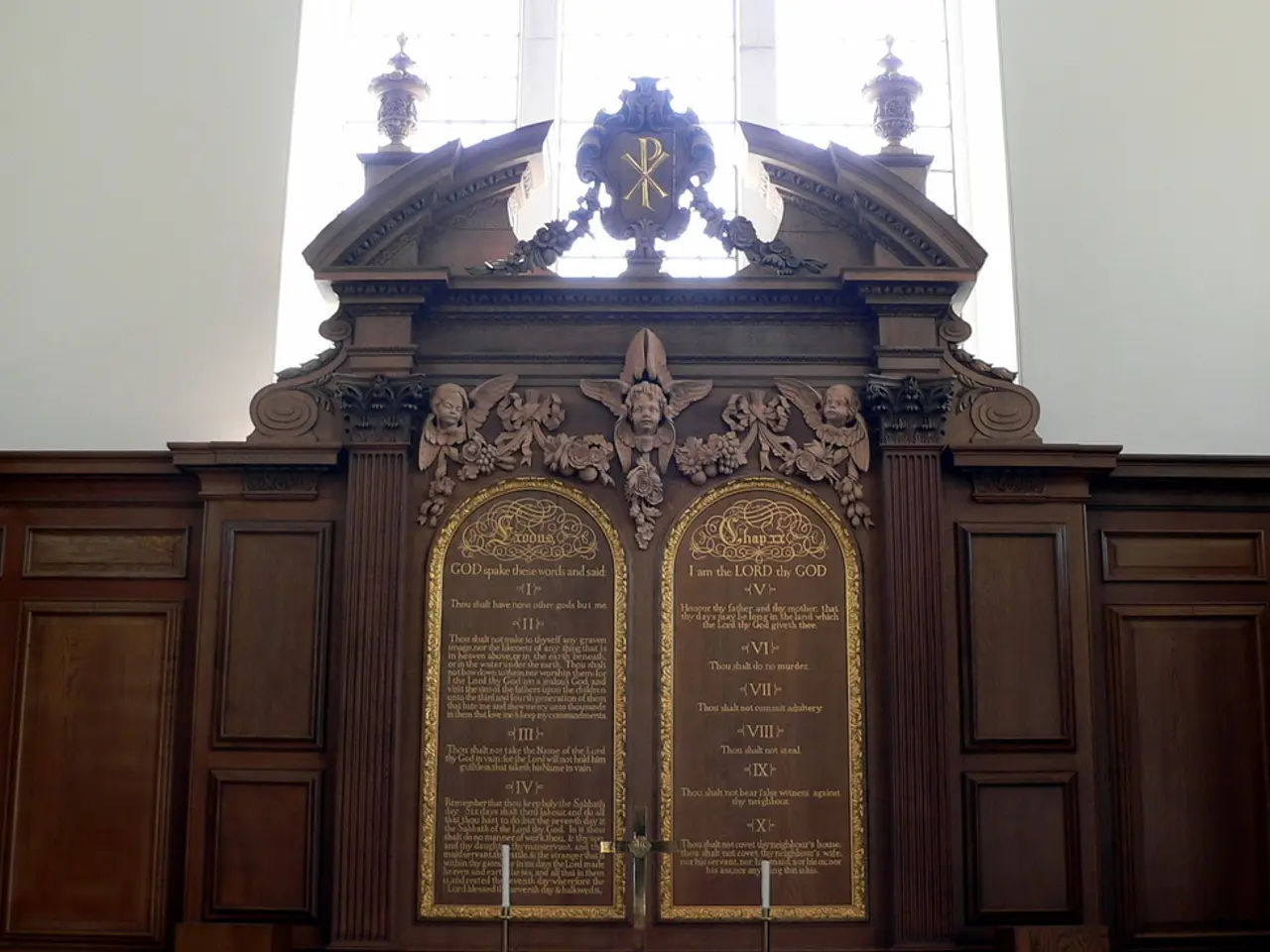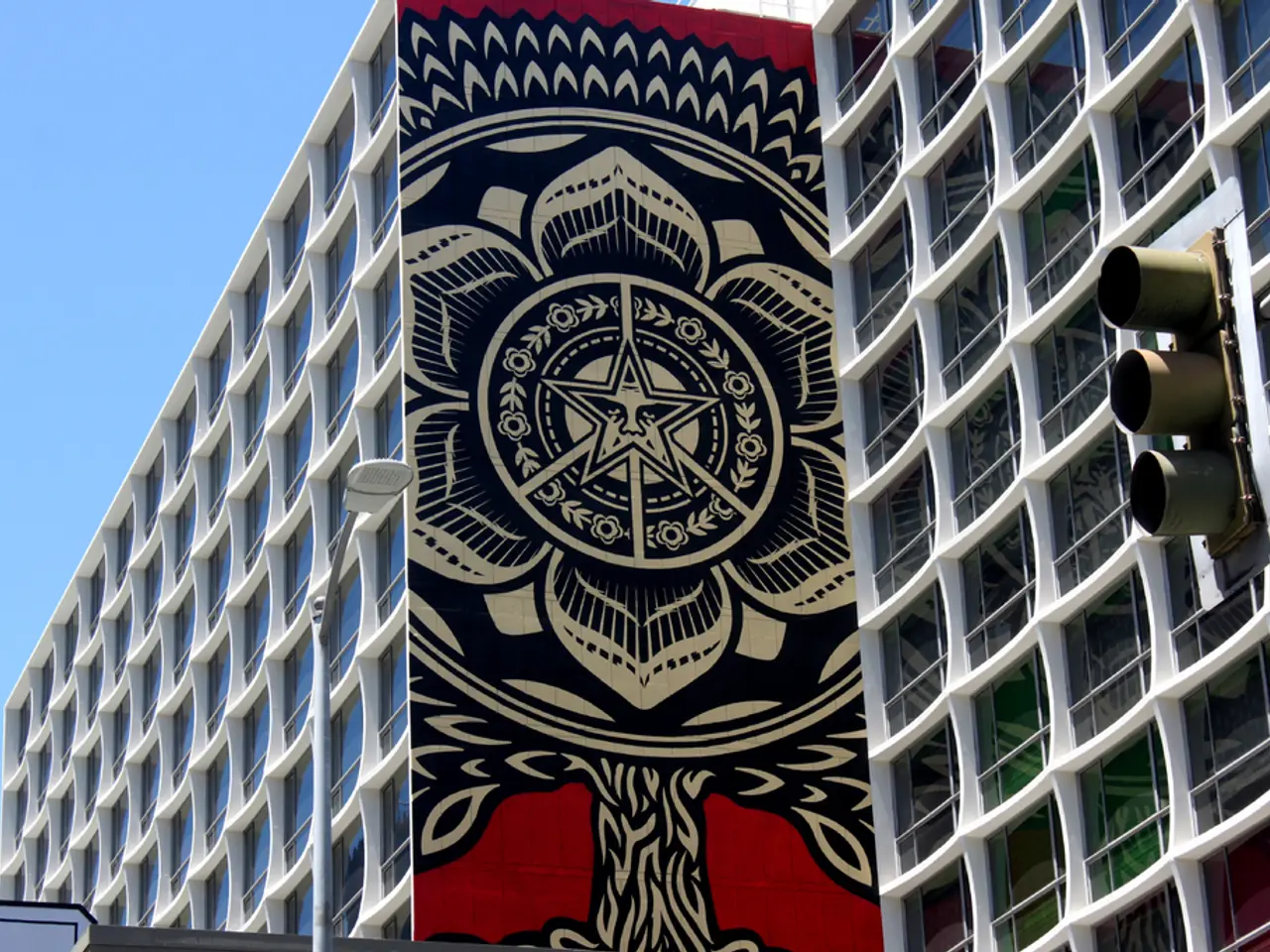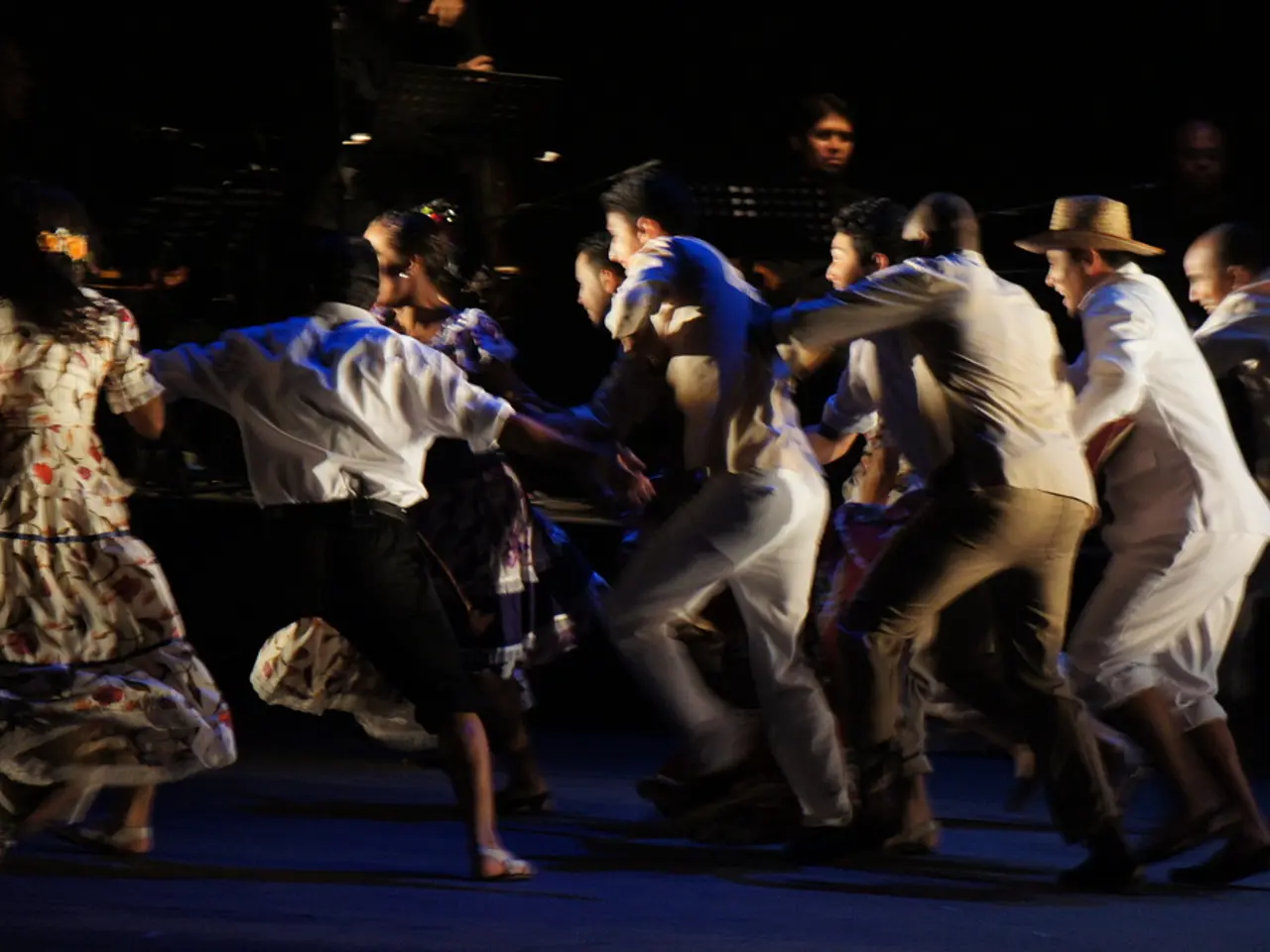The Bayeux Tapestry: A politically charged artifact for nearly a millennium
Headline: The Bayeux Tapestry to Return to the UK for First Time in Nearly a Millennium
Subhead: A historic loan agreement will see the 70-metre textile depicting the Norman invasion displayed at the British Museum in 2026.
The Bayeux Tapestry, a political document embroidered in England in the aftermath of the 1066 invasion, is set to leave its home in Bayeux, France, and travel to the British Museum in London for a historic exhibition from September 2026 to July 2027. This will mark the first time the tapestry has been displayed in the UK since it was created nearly a thousand years ago.
The loan agreement includes precise conservation and transport plans, ensuring the tapestry's safety. The British Museum will display the fragile textile in the Sainsbury Exhibitions Gallery with significant care, given its age and delicacy. The museum's expertise in handling and exhibiting ancient artifacts will ensure controlled environmental conditions, including regulated lighting, humidity, and temperature, optimising preservation during the exhibition period.
The loan is part of a cultural exchange, with treasures from the UK's four nations, such as the Sutton Hoo finds and the Lewis chessmen, to travel to Normandy museums in France. This swap deal emphasises mutual respect and care for heritage artifacts.
The agreement and transport plan were formalised during a ceremony in July 2025, with top officials including British Museum Director Nicholas Cullinan, UK Prime Minister Keir Starmer, and French President Emmanuel Macron in attendance. The full-day closure of the British Museum on the agreement signing day reflects the significance and careful planning involved.
The Bayeux Tapestry's journey to England is not without historical precedent. After its creation, it was moved to Paris by Napoleon at the start of the 19th century. The emigrants who established a settlement, Nova Anglia, on the shores of the Black Sea, possibly in modern-day Ukraine, also ventured to foreign lands.
However, previous loan requests for the Bayeux Tapestry were stymied by concerns over its fragility and the vast costs associated with moving and insuring it. The biggest hurdle to loan deals has been political will. This changed in 2018 when President Emmanuel Macron and former UK Prime Minister Theresa May agreed to the loan.
Despite not mentioning Harald Hardrada, Edgar Aetheling, or their invasions of England, the Bayeux Tapestry is a testament to the political intrigue of the time. The tapestry makes the case for why William's invasion was justified because of Harold's back-sliding over the oath. The creation of the tapestry may have been intended to be displayed to military men on both sides after the Battle of Hastings, potentially as a means to foster unity.
The Bayeux Tapestry's display in the UK also offers an opportunity to reflect on the events that followed the invasion, such as King William's Harrying of the North in 1069, which resulted in the Normans laying waste to much of northern England. The tapestry's journey to the British Museum will provide a unique opportunity for the British public to connect with this significant piece of history.
References:
- Maxwell Museums
- Gov.uk
- British Museum
- BBC History
- The Guardian
The Bayeux Tapestry, a historical artifact of political significance, will be displayed alongside general-news pieces at the British Museum in 2026, offering the UK public a unique opportunity to connect with this important piece of history. The loan agreement, signed by top officials from both nations in 2025, is part of a cultural exchange that includes treasures from the UK's four nations being displayed in Normandy museums in France.








